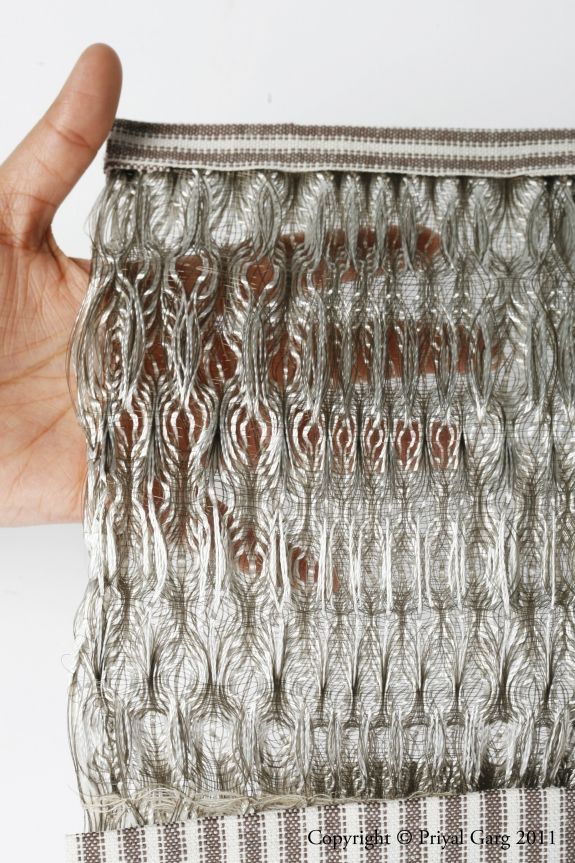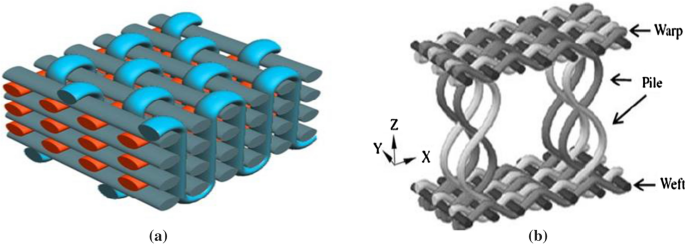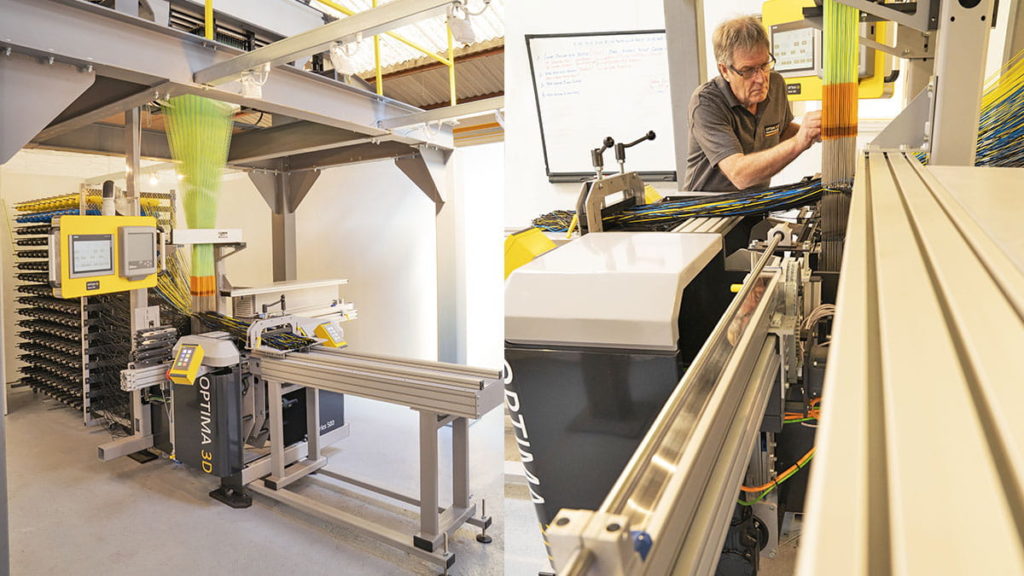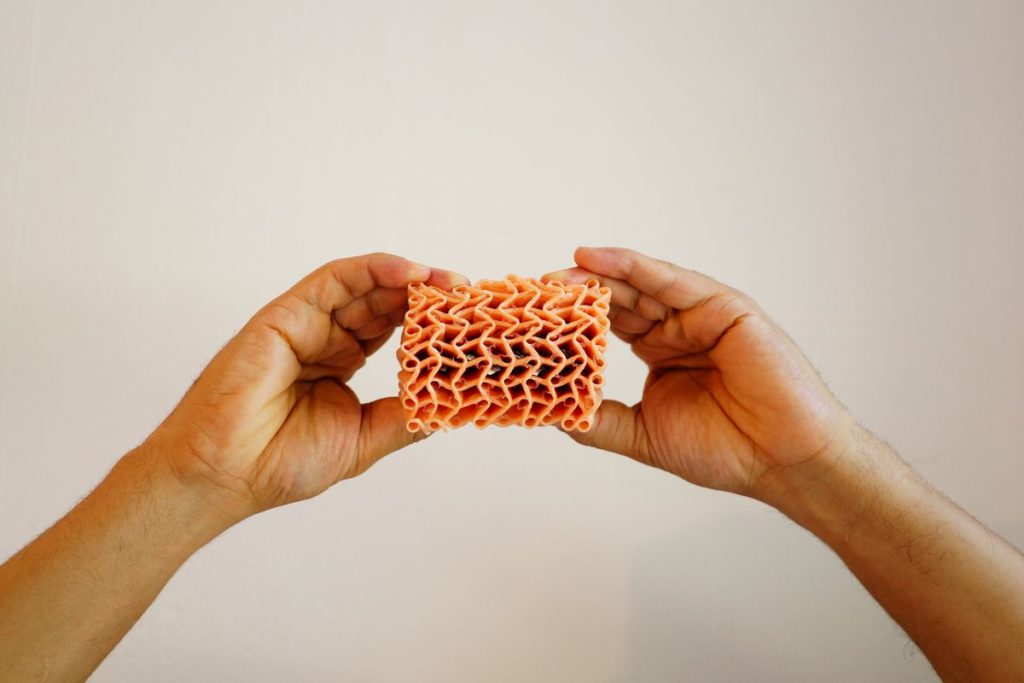The textile industry has always been at the forefront of innovation, constantly evolving to meet the demands of fashion, function, and sustainability. One of the most groundbreaking advancements in recent years is 3D weaving, a technology that is revolutionizing fabric manufacturing. Unlike traditional weaving, which produces two-dimensional fabrics, 3D weaving allows for the creation of complex, multi-dimensional structures. This technology is not only changing the way fabrics are made but also opening up new possibilities for their applications across various industries.

What is 3D Weaving?
3D weaving is an advanced textile manufacturing process that involves interlacing yarns in three dimensions rather than the traditional two-dimensional plane. This process enables the creation of fabrics with thickness, volume, and structural integrity that are impossible to achieve with conventional weaving methods. By controlling the yarns in multiple directions—typically the X, Y, and Z axes—3D weaving can produce fabrics that are stronger, lighter, and more durable.

The Mechanics of 3D Weaving
In traditional weaving, warp (vertical) and weft (horizontal) yarns are interlaced to create a flat, two-dimensional fabric. In contrast, 3D weaving introduces a third set of yarns, which are woven through the fabric’s thickness, adding a new layer of complexity and strength. This process can be performed on specialized looms designed to handle the intricate patterns and structures of 3D woven fabrics.
The result is a fabric that can have varying densities, thicknesses, and shapes within a single piece. This flexibility allows for the production of tailored fabrics that meet specific performance requirements, whether for aerospace, automotive, fashion, or medical applications.

The Benefits of 3D Weaving
The introduction of 3D weaving technology offers several significant advantages over traditional fabric manufacturing methods:
1. Enhanced Structural Integrity
One of the most notable benefits of 3D weaving is the enhanced structural integrity of the resulting fabrics. By interlacing yarns in three dimensions, 3D woven fabrics have superior strength and durability, making them ideal for applications that require high-performance materials, such as aerospace components and protective gear.
2. Customization and Flexibility

3D weaving allows for unprecedented levels of customization. Manufacturers can design fabrics with specific properties, such as varying thicknesses or integrated channels for fluid flow, all within the same piece of fabric. This flexibility opens up new possibilities for creating innovative products that meet the unique needs of different industries.
3. Material Efficiency
Traditional manufacturing methods often involve cutting and stitching multiple layers of fabric to achieve the desired structure, leading to material waste. In contrast, 3D weaving creates the entire structure in one seamless process, reducing waste and improving material efficiency. This makes 3D weaving not only cost-effective but also more sustainable.
4. Versatility of Applications
The versatility of 3D woven fabrics makes them suitable for a wide range of applications. In the fashion industry, designers are experimenting with 3D weaving to create garments with unique textures and shapes. In industries like aerospace and automotive, 3D woven materials are used to produce lightweight, strong components that enhance performance and safety.
For more insights into the intersection of technology and fashion, read our blog on The Future of Fashion: 3D Printing and Textiles.
Applications of 3D Weaving
The applications of 3D weaving are vast and varied, extending beyond traditional textiles into numerous high-tech industries:
1. Aerospace and Automotive
In aerospace and automotive industries, 3D woven fabrics are used to create components that are lightweight yet incredibly strong. These materials help reduce the weight of vehicles and aircraft, improving fuel efficiency and performance while maintaining safety standards.
2. Medical Textiles
3D weaving is also making strides in the medical field, where it is used to produce implants, prosthetics, and other medical devices. The ability to create custom-shaped fabrics that conform to the human body makes 3D weaving an ideal solution for advanced medical applications.
3. Fashion and Design
Fashion designers are increasingly adopting 3D weaving to push the boundaries of traditional garment design. The technology allows for the creation of garments with intricate patterns, textures, and forms that were previously impossible to achieve with flat fabrics.
4. Industrial and Technical Textiles
3D weaving is also being used to produce non-woven fabrics with enhanced performance characteristics, such as increased durability and resistance to wear and tear. These materials are ideal for industrial applications where traditional fabrics may not perform as required. To learn more about non-woven fabrics and their manufacturing processes, check out our blog on Non-Woven Fabrics: Uses and Manufacturing Processes.
The Future of 3D Weaving in Textiles
As technology continues to advance, the potential for 3D weaving in the textile industry is immense. The ongoing development of new materials and techniques will likely lead to even more innovative applications, from smart textiles that can monitor health to architectural fabrics used in construction.
For a deeper dive into how technology is shaping the textile industry, explore our blog on Technology in Textiles.
Conclusion: Embracing the Future with Locofast
3D weaving is undoubtedly revolutionizing the textile industry, offering new possibilities for fabric manufacturing that were once unimaginable. Whether in fashion, aerospace, or medical textiles, 3D weaving is setting the stage for the next generation of high-performance, customized fabrics.
As a leading player in the textile industry, Locofast is committed to staying at the forefront of these innovations. Our extensive network of suppliers and manufacturers ensures that you have access to the latest technologies and materials in textile production. Visit Locofast today to discover how we can help you harness the power of 3D weaving and other cutting-edge technologies to elevate your products and stay ahead in the competitive market.
